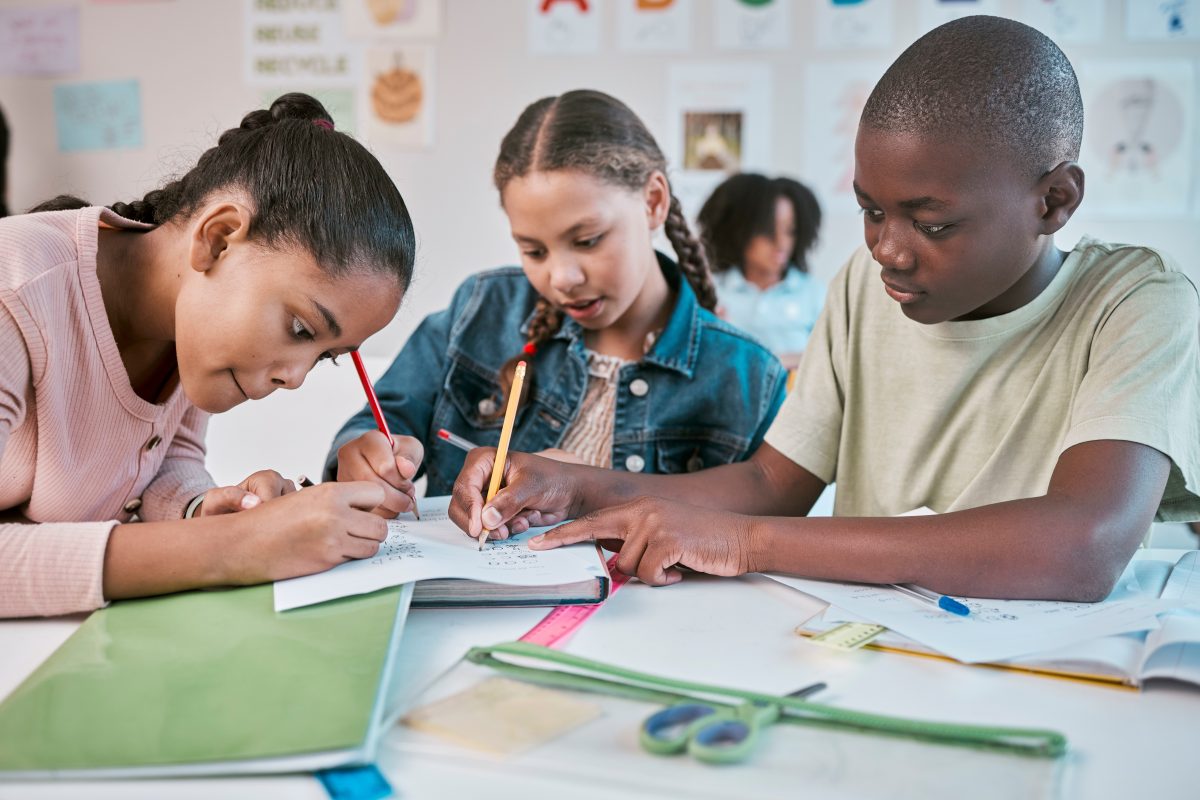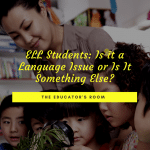Overview:
A teacher asked Bard to rewrite a poem and learned some critical lessons about how they reflect on students.
It has been over 2 years since ChatGPT launched, arguably bringing artificial intelligence (AI) into the mainstream. AI has rapidly evolved into a large collection of tools that address almost every aspect of teaching and learning. They can grade papers or provide individualized feedback, correct grammar, generate ideas for lessons, write standards-based assessments at every cognitive level, and more! Outside of education, these tools are used to finish computer programs, solve real-world engineering problems, or write news articles. It seems that we’ve rapidly become a world where AI is embedded into our everyday lives.
As an educator, parent, and amateur philosopher (I studied philosophy as an undergrad), I’ve been both intrigued and apprehensive about artificial intelligence. Somehow, movies like The Terminator can’t escape my wild imagination. With that in mind, I’d like to share an experience that caused me to deeply ponder my relationship with this new technology.
A Poem
This past August, the following poem was presented at a back-to-school staff meeting:
That boy is gonna end up dead or in jail
So don’t try to tell me,
He can turn things around
Because the more I think about it,
He is throwing his life away,
And I’m not going to say,
He is a good kid,
Let me tell you,
There is no hope for him
And I refuse to believe,
There is some good in that boy
Because whenever he crosses my mind, I think
There’s only a matter of time.
Disheartening! Now read it bottom-to-top. Start with the last line. Then the second last line.
Go ahead! What a difference! Reverse poems can be quite powerful tools for reflection. After my own emotions settled, I started to admire the sheer craft of the poem. An idea emerged.
Hmmm, I wondered, can an AI chatbot like Google’s Bard write one of those?
Can AI Chatbot Write Poems?
My romantic brain was excited by the possibility of obtaining a reverse poem about math anxiety. My realistic brain, however, didn’t think it could actually do it. Admittedly, I’m not very enthusiastic about AI doing creative work for us. I fear the output is adequate at best and dreadfully drab at worst. And so the battle of wits began!
I pasted the poem into Bard and hit enter. Without any prompting, it immediately gave me an analysis of the poem’s meaning from top to bottom. I then asked Bard to read it from bottom to top.
It, again, gave me an analysis of the poem, applauding the cleverness of the changed meaning. Next, I asked Bard to write a similar poem on the topic of math anxiety. I reminded it that the poem should feel hopeless top-to-bottom but hopeful when read in reverse. Bard assured me it would do just that. A short while later, it spits out a poem on math anxiety. But it wasn’t a reverse poem at all! Instead, the poem merely switched its tone halfway through. The first half was hopeless, and the second half was hopeful.
I told Bard that the poem was not what I asked for and pointed out the tone shift. I said it should remain hopeless all the way to the end. Only by reading it in reverse should it be hopeful. For that reason, the example I shared earlier was called a reverse poem. Bard assured me it would write the proper reverse poem. It then spit out a slightly revised version of its first attempt with the exact same problem.
Asking AI to fix the problem
Now I was frustrated and, admittedly, more blunt. I said the poem was wrong. It does not meet the requirements I specified. Nor does it follow the example I gave. Please rewrite it correctly. Bard assured me it would write the proper poem, then spit out another revised version with the exact same problem.
I was angry. I said, look, this poem is wrong. You have been told why. I have specifically asked you to do it properly. Fix it!
And with that, Bard resigned. It said I’m sorry I cannot complete your request. Is there something else I can do for you?
I realize this microexchange does not represent how everyone uses artificial intelligence. But, it does raise some personal questions that educators might consider worth reflecting on.
Reflecting on Using AI
Consider, for example, that my exchange with Bard could easily resemble working with a student. Regardless of our lesson, resources, and support, we’ve all had one student who still doesn’t “get it.” Since Bard is a machine, I didn’t hesitate to share my playful frustration and anger. It’s the same sort of playful banter I use when talking to Siri or Alexa. I respond differently. Often in front of others. No manners. Just demands and annoyance.
As AI continues to creep into our everyday lives, I wonder how it will affect my patience and expectations.
My patience was compromised by my expectation that Bard should be able to create something of value, by my own standards of quality and beauty, promptly. My energy, then, went into teaching Bard how to fix the issues with its output. Bard’s inability to do so intensified my emotions. And I didn’t once attempt to perform the creative act myself. I wonder what creative opportunities are lost as we encourage AI to write our poems, generate our art, or create our music.
Further, in my attempts to steer Bard into writing a reverse poem, it is possible that the one AI wrote was adequate, possibly good, and maybe even beautiful. I didn’t take the time to appreciate what it could do, only reprimand what it couldn’t. If repeated use of AI causes my focus to shift to such specificity of output, will I inadvertently bring that same lens to the humans I work with? Anecdotally, I’ve seen the power of reducing specificity when writing higher-level thinking tasks. That’s the mindset I actually want when teaching a class of curious learners.
We are our habits
I’m reminded of James Clear’s “Atomic Habits.” He says our habits shape our identity. Consciously or not, our repeated patterns of behavior are more in control of us than we’d like to admit. The more we lean on AI, the less time we spend writing, creating, drawing, painting, brainstorming, thinking, and failing. In a world of AI, will we still have the patience, perseverance, and emotional stability to painstakingly create something of beauty? Or respond thoughtfully, compassionately, and with the infinite patience needed to work with the emotionally fragile children in our classrooms?
There’s clearly a lot to discuss about my experiment.
The future of art in all forms, our values as educators and humans in the tidal wave of smart technologies, and the societal norms that arise as a consequence. Thus far, I’ve shared concerns about how excessive use of AI might affect my patience with students, reduce my ability to do creative things and affect my ability to see output outside the lens of my very narrow expectations. I’d suggest all of us pause to reflect on our own use and consider the subtle ways we are affected. As role models, we have a responsibility to be thoughtful about how our actions will influence the values and behaviors of our students.

Dan Krill is a father, educator, and songwriter. He double-majored in math education and philosophy, then earned his master’s in math education from UW-Madison with an emphasis on learning sciences. He has taught secondary and post-secondary math for over 20 years. He currently works as a 5-12 math/science coach in southeastern Wisconsin.







I found this read quite intriguing as it went into depth of the thought process in influencing the outcome! I look forward to the next article!